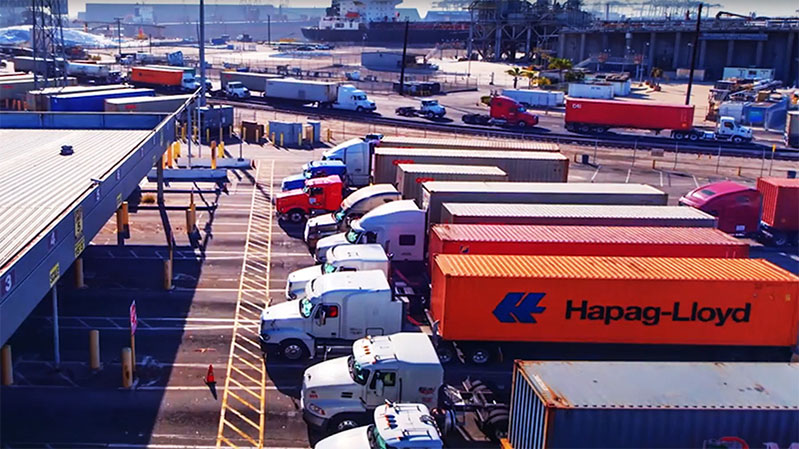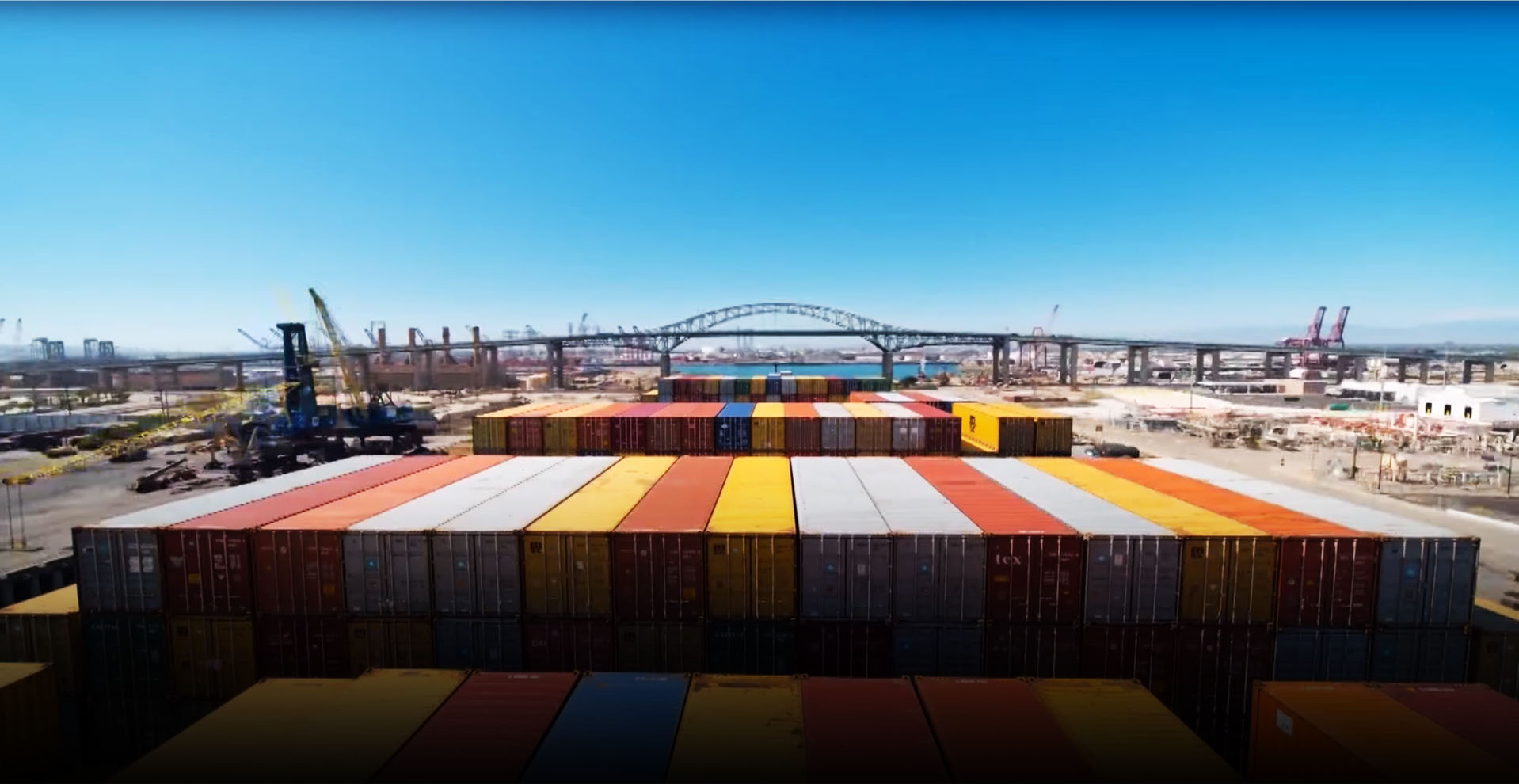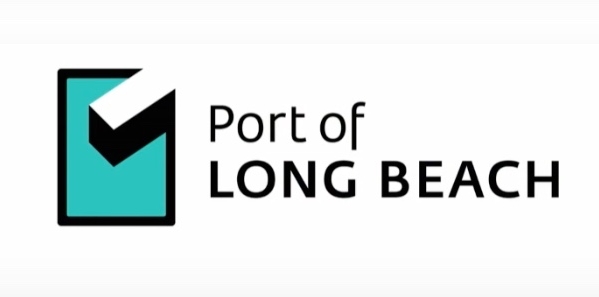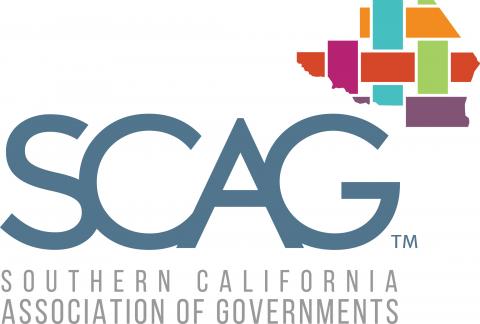Research Projects
Stop the VideoResearch Projects


Developing an Analytical Framework for Optimizing Disaster Relief Preparedness to Coastal Hazards: A Preliminary Investigation of Factors Affecting Supply Chain Resilience in Hawaii
Project Summary
Project Number: PSR-19-70
Project Description
With more recognition of climate change's advent and seriousness, it is widely recognized that there could be more severe and frequent disruptions with the existing transportation infrastructure system. When the current infrastructure systems are overwhelmed and disrupted, communities depend on disaster relief supply chains to maintain the community's lifeline and improve disaster assistance response. In particular, the disaster relief supply chain is vital to Hawai'i's communities, given Hawai'i's susceptibility to coastal hazards, sea-level rise, remoteness, and heavy dependence (over 90 percent) on imported goods and fuel. The project conducted stakeholder interviews to investigate the key factors that influence Hawai'i's disaster relief preparedness to coastal hazards and improve Hawai'i's disaster relief supply chain's resilience. The information collected was used to understand the status quo, identify the gaps in preparedness, and develop an analytical framework for optimizing disaster relief supply allocation. By interviewing the key stakeholders involved in the local disaster relief preparedness process, this project was able better identify the primary coastal hazard scenarios of concern, the significant concerns in preparing for disasters, the challenges in the planning process, and decision constraints. To overcome the barriers, we propose to develop and apply more resilient strategies such as establishing warehouses, stock more materials as a backup plan, optimize the location and allocation of redundant supply, and include more E.M. stakeholders (e.g., private sectors and non-profit organizations) into the disaster planning processes as well as invite them to the routine disaster exercises. Finally, the information collected was refined and abstracted to develop a simplified two-stage optimization model for warehouse selection and stock allocation to illustrate the analytical framework.
P.I. NAME & ADDRESS
Suwan ShenAssistant Professor, Department of Urban and Regional Planning (PLAN)
2500 Campus Rd
Honolulu, HI 96822
United States
[email protected]















